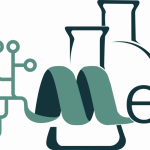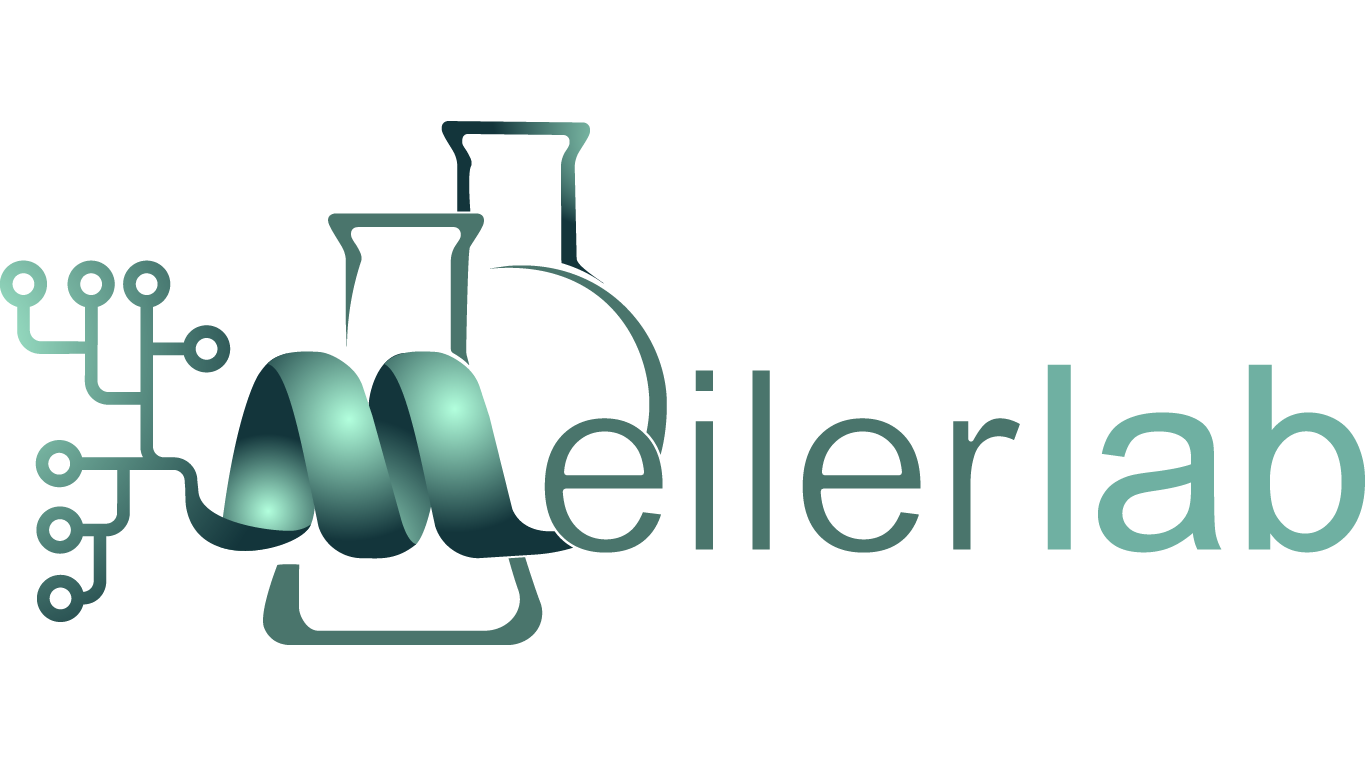
Protein Discovery & Design
Rational protein design generates new protein macromolecules with novel functions, increased therapeutic efficacy, and novel fold patterns. In the Meiler laboratory, we develop experimental and computational technologies in these areas to engineer and investigate proteins. For example, we can model protein structures computationally by taking advantage of the large number of experimentally determined structures deposited in multiple databases; PDB and OPM. We can choose templates for comparative modeling with RosettaCM and pick peptide fragments to direct de novo folding. Experimentally, we use a combination of X-ray crystallography, NMR, and biological assays to interrogate protein-protein and protein-ligand docking interfaces and confirm correct protein folds. We specifically study the Flurogen-Activatin proteins, Lipcailin proteins, TIM barrels, and ErbB receptors.

Fluorogen-Activatin Proteins (FAPs)
Fluorogen-Activating Proteins (FAPs) are a group of unrelated proteins capable of binding to non-fluorescent molecules (fluorogens) and increasing their fluorescence quantum yield and/or changing spectral properties upon binding. ...

TIM Barrel Proteins
The (βα)8-barrel superfold (TIM barrel) is one of the most frequently observed folds in nature, comprising 10% of proteins with known structures. The domain is composed of eight βα units, linked together by loops which wrap ...

De Novo Enzymes
Enzymes are essential biomolecule that enhances the rate of a reaction by many folds for a thermodynamically stable reactions. Here in Meilerlab we are working on de novo enzyme design protocol to develop new enzymes for ...

ErbB Receptors
ERBB receptors including EGFR, HER2 and HER3 are critical single pass transmembrane protein which are crucial player in different cancer progression. For example HER2 is overexpressed in approximately 20 % cases of breast cancer ...
